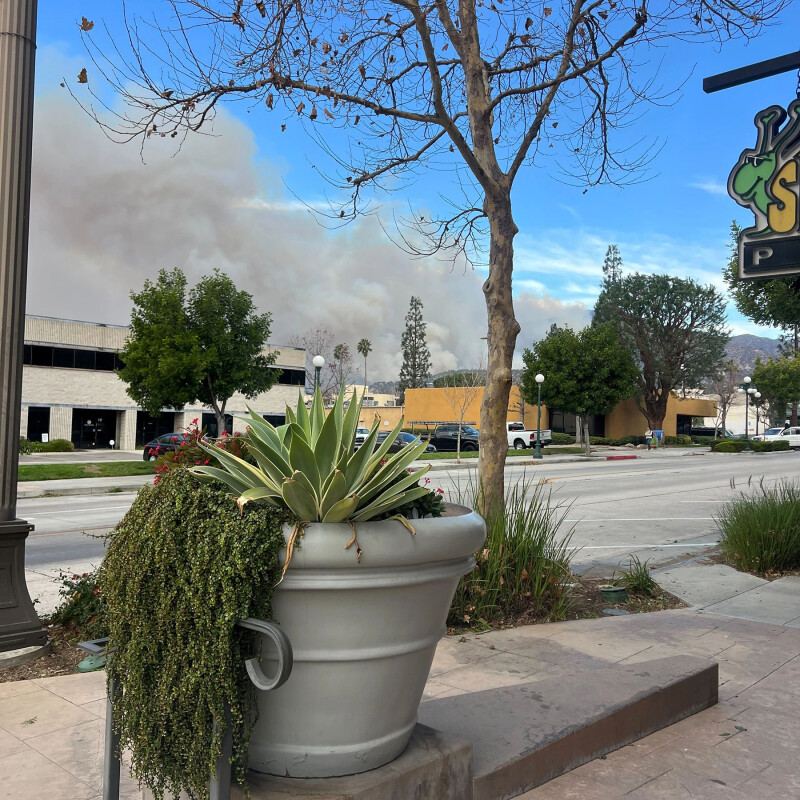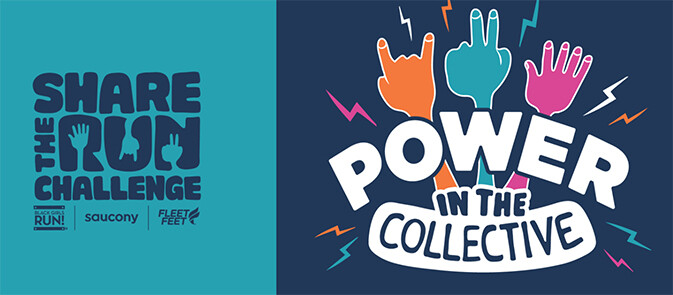Ten years ago, Martinus Evans got some stern advice from his doctor: “Lose weight or die.” First defensive, but then defiant, Evans vowed that day to run a marathon, though his doctor thought he was crazy.
Since then, Evans has run eight marathons and hundreds of other distances in his 300-something body, created his own devoted running community, and has been featured on the cover of Runner’s World.
“Slow AF Run Club” is a blueprint for those who may not fit the image of a “traditional” runner – that is, someone who is larger in size, less athletic, out of shape, or dealing with any kind of health issue that slows them down – to feel empowered to lace up their shoes and embrace the body they have right now.
As Evans says, the incredible benefits of running – better sleep, strong muscles and bones, better cardiovascular and mental health and a sense of community – can and should be available to everyone. His practical handbook contains specialized advice to make getting started less intimidating, covering everything from gear and nutrition to training schedules, recovery tips, races (it’s okay to come in DFL! [i.e., dead f*cking last]) and finding a running group.
Full of essential advice and humor from a former newbie who fell off a treadmill on his first run (literally), The Slow AF Run Club is for anyone who wants to pick up running for the sheer joy of it.
As part of the May Running Shoe issue of Running Insight, we asked Evans to provide an excerpt from the soon-to-be-released book that focuses on the most basic piece of equipment for all runners — even slow runners.
Running Shoes
(Yes, You Need New Ones)
Running shoes are the most important piece of running equipment in your arsenal. These are something you don’t want to pinch pennies on. There are no magical shoes that can make running easier for you, but a bad shoe can and will ruin your running. There’s nothing worse than being on a run and having to stop because your shoes are rubbing up against your pinkie toe or because you have a blister.
Furthermore, worn-out or ill-fitting running shoes could cause injury. So if it’s been a while since you bought a pair of running shoes, then you guessed it, you need new running shoes!
How to Buy Your First Running Shoes
As I was driving home from the appointment that would change my life, I passed by a specialty running shoe store. I realized I didn’t own a single pair of running shoes, made an illegal U-turn, and headed inside.
At that point I learned how much I didn’t know about running or running shoes at all. If this is your first pair or your tenth, you might not know much either. That’s perfectly fine! You don’t have to be a shoe expert.
The only thing you need to know is that you need a gait analysis. The word gait refers to the way you walk or run, including how your other body parts move in relation to your walking and running. Say it loud, say it proud. Say. It. With. Your. Chest. GAIT ANALYSIS!
If you go into a store, say those two words to the staff and if they look confused or respond with “Gait what?” politely excuse yourself and leave! Do not pass Go. Do not collect $200. Do not buy shoes from this place, because nine times out of 10 you’re not going to leave with what you need.
What is a Gait Analysis?
A gait analysis (or a shoe fitting – I’ll use these interchangeably) is the process by which the store staff will determine which running shoe is best for you.
If you haven’t had a gait analysis before, then you’re in for a treat! It’s one of the greatest displays of customer service that I’ve experienced.
Here’s what you can expect during a gait analysis/shoe fitting session:
• Typically, the process takes about 20 to 60 minutes (sometimes it is faster!)
• The customer service people will take a foot measurement either with a traditional Brannock Device or one of the many high-tech fitting systems now available and then compare the results to the size of shoes you’re currently wearing. Most people need to go a half or whole size larger than their street shoes. You need the extra room to allow your feet to flex and your toes to move forward with each stride.
• They may ask a series of questions about your current running routine, future aspirations, or previous injuries.
• They may check the wear pattern on your current shoes. This can usually tell them what type of gait you have so they can make recommendations based on that.
• They may have you walk around the store or on a treadmill. In this way they can assess your walking patterns, if your arches are collapsing, your ankle mobility, and more.
• They may do the wet foot test (spraying your feet with water and having you step on a piece of paper). This will indicate the type of arch you have.
• They may have you put on a neutral cushioned running shoe, and ask you to run on the treadmill or around the store. Such a shoe has no stabilizing features and thus allows your foot to move and flex without any guidance from it.
Depending on the store that you go to, this may be the most intense kind of shoe shopping you’ve ever done! After you go through the steps above, the sales associate will bring out a few pairs of shoes for you to try on.
The only way to know how shoes fit on you is to try them on. Be sure to put on both shoes and take them for a run around the shop, on the treadmill, or on the sidewalk. As I said, finding the best fit when you are starting out is very personal. As you get familiar with running shoes, you’ll start to develop your own preferences. Also, note that a good running shoe store won’t have the same restrictive return policies as a regular shoe store. Yes, they will take your shoes back even if you have run in them outside.
I hear you asking, “Martinus, just how do I know which pair is my solemate?” Here’s how to tell if you have the right pair of shoes for you!
• When you are standing with both shoes on, make sure you have enough space for your thumb between your longest toe and the tip of the shoe. This will ensure that you have enough room for your toes in the toe box and enough room for when your feet swell.
• Next, close your eyes and really FEEL how they are fitting. Imagine running for 45 minutes to an hour. Does anything feel weird, funny, annoying, off, or uncomfortable? I mean any little thing. Maybe the collar is rubbing against your ankle or your pinkie toe is a little cramped.
• Those annoyances will be front and center during your run. That cramped pinkie toe is going to sprout a painful blister over time.
• If the shoes feel uncomfortable anywhere on your feet, DO NOT BUY THEM! Trust me, your feet will thank you later. I repeat: Do not buy shoes that are uncomfortable, regardless of the brand, price, or style of the shoe.
• P.S. Don’t let the sales associate tell you that they need to be broken in, either. That’s a lie. It won’t get better over time.
As a general rule, running shoes should be retired every 300 to 500 miles. But if you have a larger body, you may need to change your shoes every 100 to 300 miles. Keep track of the purchase date in your training log and record the miles daily so you know when it’s time to get a new pair.
Also, pay attention to how your shoe feels over time. If your favorite pair is leaving your legs or feet noticeably tired after each run (and you can’t chalk it up to a more intense training plan or another shift in your habits), it may be that the cushioning has lost shock absorption. It’s time to retire those puppies.






